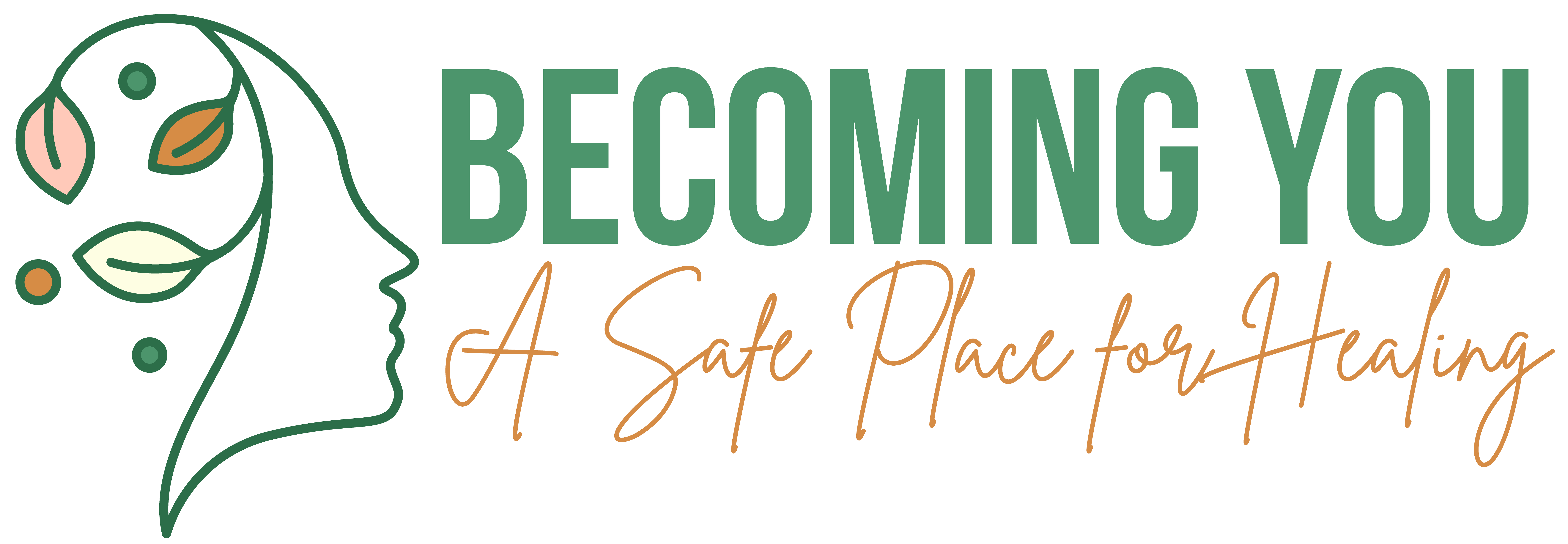Emotions are an integral part of our lives, often influencing our thoughts and actions in profound ways. But have you ever considered the potential dangers that lie beneath the surface when we let our emotions exert control over our behaviors?
Mood congruent behavior refers to the tendency to act in ways that are consistent with our current emotional state. When we feel happy, we might engage in activities that further enhance our positive emotions, such as socializing or pursuing hobbies we enjoy. Similarly, during times of sadness or anger, we may isolate ourselves or engage in destructive behaviors [1].
While mood congruent behavior can offer temporary relief or validation for our emotions, it may also reinforce negative cycles and lead to long-term consequences. For instance, if we constantly withdraw from social interactions when feeling down, it can deepen feelings of isolation and hinder our ability to seek support. Engaging in impulsive actions during moments of anger may strain relationships and result in regret.
Mood congruent behavior often contributes to a distorted perception of reality. When we are trapped in a negative emotional state, our actions and interpretations become filtered through that lens. This can result in poor decision-making, biased judgements, and miscommunication with others.
So, if our perception is distorted, how can we tell if we are engaging in mood congruent behavior?
The warning signs of mood congruent behavior can vary depending on the specific situation or emotional state involved. However, there are some common indicators that can signal potential dangers.
- Emotional Intensity: Experiencing extreme emotions that are in line with one’s current mood, such as overwhelming sadness, intense anger, or excessive anxiety.
- Withdrawal or isolation: Withdrawing from social interactions, isolating oneself from others, or avoiding activities that were previously enjoyed. This may manifest as a desire to be alone when feeling down or a tendency to push people away when feeling angry or frustrated.
- Self-destructive behaviors; Engaging in self-harm, substance abuse, or reckless behaviors. These actions can further reinforce negative emotions and exacerbate the dangers associated with them.
- Impulsivity: Acting impulsively without considering the consequences, especially when it aligns with one’s current mood. This may involve engaging in risky behaviors or reacting aggressively without thinking.
- Cognitive distortions: Displaying distorted or exaggerated thinking patterns that align with the current mood, such as catastrophic thinking, excessive self-blame, or black-and-white reasoning [2].
- Interpersonal conflicts: Frequent arguments or strained relationships with others, particularly when they align with one’s emotional state.
To avoid the pitfalls of mood congruent behavior, it is crucial to develop strategies for maintaining emotional balance.
- Self-Awareness: Cultivate mindfulness and self-reflection to recognize when you’re being driven by your emotions. Practice observing your thoughts and emotions without immediately reacting, as this allows for more thoughtful responses.
- Emotion Regulation: Employ techniques to manage intense emotions constructively. This may involve deep breathing exercises, journaling, seeking professional support, or engineering in healthy coping mechanisms like exercise and/or creative outlets.
- Thought Challenge: Challenge negative thoughts and cognitive distortions associated with your emotions. Question the validity of your assumptions and seek alternative perspectives to gain a more balanced view of the situation.
- Seeking Support: Reach out to trusted friends, family members, or professionals for support and guidance. Sharing your emotion and experiences with others can provide valuable insights and perspective.
- Explore New Activities: Break out of the cycle of mood congruent behavior by consciously engaging in a variety of activities. Explore new hobbies, spend time in nature, volunteer, or connect with different social groups. This diversification will help broaden your perspective and expose you to positive experiences that may counteract negative moods [3].
- Building Emotional Resilience: Focus on practicing self-care, self-compassion, and developing a growth mindset. By strengthening your overall emotional wellbeing, you improve your ability to challenge emotions more effectively [4].
While engaging in mood congruent behavior is a natural response to our emotions, it’s essential to be mindful of its potential dangers. By understanding the risks and warning signs, as well as adopting strategies for emotional balance, we can break free from negative cycles, maintain healthier relationships, and lead more fulfilling lives.
Footnotes:
[1] Vaughn, Stephanie. “DBT Emotion Regulation Skills: Emotion Psychoeducation & Mindfulness.” Psychotherapy Academy, 30 Nov. 2022, psychotherapyacademy.org/dbt/dbt-emotion-regulation-skills-emotion-psychoeducation-mindfulness/. Accessed 30 May 2023.
[2] Grinspoon, Peter. “How to Recognize and Tame Your Cognitive Distortions.” Harvard Health Publishing, 4 May 2022, www.health.harvard.edu/blog/how-to-recognize-and-tame-your-cognitive-distortions-202205042738. Accessed 29 May 2023.
[3] Cherry, Kendra. “How to Be Open-Minded and Why It Matters.” Very Well Mind, 22 Mar. 2023, www.verywellmind.com/be-more-open-minded-4690673. Accessed 25 May 2023.
[4] Chowdhury, Madhuleena. “What Is Emotional Resilience? (+6 Proven Ways to Build It).” Positive Psychology, 22 Jan. 2019, positivepsychology.com/emotional-resilience/#:~:text=Emotional%20resilience%2C%20as%20Dr.%20Barry%20suggests%2C%20can%20be,Embracing%20the%20self%20by%20building%20self-compassion%20and%20empathy. Accessed 29 May 2023.



